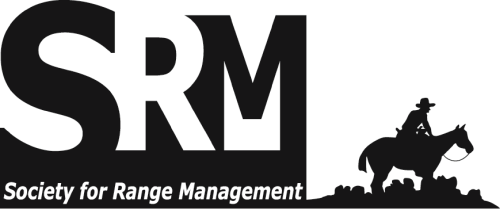Two established prairie dog colonies in Montana were studied to determine the effect of range treatment with 2,4-D on prairie dogs' diet. One colony was sprayed with 2,4-D for 2 consecutive years and the other was not treated. There was a significant reduction in foliar cover by forbs and shrubs on the treated colony but no change on the untreated colony. Foliar cover by grass did not change significantly on either area. Prairie dog diet changed significantly from forbs to grass after forb coverage was reduced. Before spraying, prairie dogs ate 73% forbs and 5% grass. Afterward, they ate 9% forbs and 82% grass. The availability of these foods appeared to be responsible for the diet change. Despite the change in diet, the 2,4-D treatment appeared to have little detrimental effect on prairie dogs. They remained in good condition after treatment, as indicated by body weight, and there was no significant difference in prairie dog activity between the treated and untreated colonies. There was considerable variation in diet between the two colonies the first year, with the prairie dogs preferring grass in the untreated colony and forbs in the treated colony. However, in later years preference values were higher for grass than for forbs on both colonies. This material was digitized as part of a cooperative project between the Society for Range Management and the University of Arizona Libraries. The Journal of Range Management archives are made available by the Society for Range Management and the University of Arizona Libraries. Contact lbry-journals@email.arizona.edu for further information. Migrated from OJS platform August 2020

Scholarly peer-reviewed articles published by the Society for Range Management. Access articles on a rolling-window basis from vol. 1, 1948 up to 5 years from the current year. Formerly Journal of Range Management (JRM). More recent content is available by subscription from SRM.